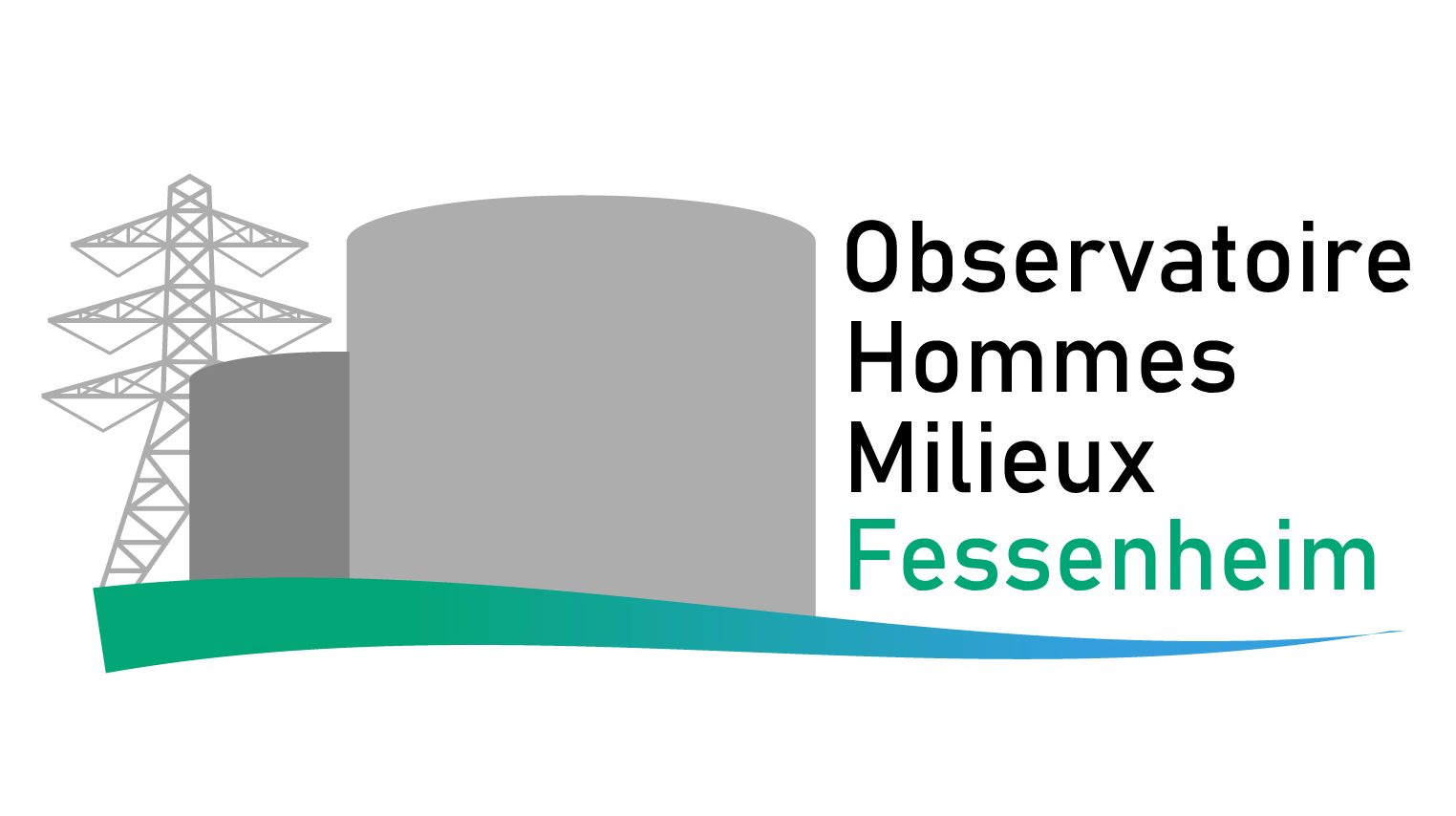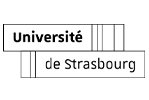Impacts of public policy on the rebound effect of green heating services
The increasing consequences of global warming are demanding behavioral changing in energy household consumption (Dubois et al., 2019). As the most significant share of the residential energy uses, heating services need to be saved and supplied by renewable energy . The development of renewable energy-based technology (RET) comes up with a higher heating generation capacity, lower ecological damages, and a competitive price for broader access. Although there are multiple options for household selection, solar thermal or photovoltaic, heat pumps, biomass boilers, or green electricity, several disadvantages exist for all, such as the low heating generation and the technical complications in adoption and operation, and in addition a higher investment cost (Fullerton et al., 2020). While consumers utilize low-carbon sources for thermal comfort as a pro-environmental effort to reduce negative externalities, this mitigation effort is partially offset due to the rebound effect that motivates households to use more heating services in response to any improvements in characteristics above. The linkages between renewable uses and the rebound effect are not well known and require a new comprehensive approach to inform the energy policies (Galvin et al., 2021; Toroghi et al., 2019).
A growing body of literature on RET adoption and energy consumption, in general, confirms the rebound effect in the US, EU, and Australian continent. The magnitude of this unintended effect on solar thermal and photovoltaic varies from the negative (Li et al., 2020; Havas et al., 2015) up to 20% (Deng et al., 2017). This existence also is supported by the case of heat pump retrofit in the UK and New Zealand where household electricity use was found to increase (Grimmer et al., 2011; Chitnis et al., 2013). Switching to green electricity or adopting modern biomass boilers also discloses a new kind of rebound effect, especially in low-income and poorly educated groups (Harding et al., 2019; Smeets et al., 2014). Although a little evidence for Asian countries, the rapid commercialization of RET in these areas need bold action to restrain the rebound effect if it would be unforeseen large.In this paper, we introduce a comprehensive micro-utility theoretical model to explain the main attributes of households to adopt RET for residential heating services and quantify the rebound effect as the secondary effect. Applying the model of two fuels (fossil energy and renewable energy) for one heating service (Chan and Gillingham, 2015), the utility-maximizing consumer will choose the optimal number of heating services and environmental damages (Dorner, 2019) based on the average implicit price containing carbon tax and green subsidy (Ito, 2014; Borenstein, 2015). In this model, the heating generation capacity and the carbon mitigation efforts are two main characteristics on which consumers base their choice between fossil energy and renewable energy. Moreover, as green heating appliances are more expensive than their fossil fuel-based counterpart, their utilization is subsidized by the government.
Our results provide some insight into the RET adoption and the existence of rebound effects in the context of residential heating services. The theoretical results show that the interrelationship of key features of low-carbon technology and elements making up the fuel price will decide the likelihood of adopting green heating appliances. The determinants of selecting low-carbon fuel technologies are carbon tax, subsidy, and capital and operating costs. However, the RET adoption is beneficial only if the rebound effect is low. We recommend that only selective technologies be subsidized in order to increase consumers’ welfare and mitigate environmental damages. The combination of public policies and behavioral interventions could enhance the expected outcomes without creating market distortion and fiscal burden.
Our microeconomic model provides comprehensive insights into a household’s decisions on adoption and the rebound effect in the new era of the energy transition. To adapt to the demand of a specific country in Asia, this case study of heating appliances also is extended possibly to other household services such as cooling and personal hybrid vehicles. Finally, we suggest several paths to find further support from empirical results.
Keywords: Renewable energy, rebound effect, pro-environmental efforts, micro-economic model, heating service.
References
Chan, N. W. and K. Gillingham (2015). The microeconomic theory of the rebound effect and its welfare implications. Journal of the Association of Environmental and Resource Economists 2(1), 133–159.
Chitnis, M., Sorrell, S., Druckman, A., Firth, S. K., & Jackson, T. (2013). Turning lights into flights: estimating direct and indirect rebound effects for UK households. Energy policy, 55, 234-250.
Deng, G., & Newton, P. (2017). Assessing the impact of solar PV on domestic electricity consumption: Exploring the prospect of rebound effects. Energy Policy, 110, 313-324.
Dorner, Z. (2019). A behavioral rebound effect. Journal of Environmental Economics and Management 98, 102257.
Dubois, G., B. Sovacool, C. Aall, M. Nilsson, C. Barbier, A. Herrmann, S. Bruyère, C. Andersson, B. Skold,
F. Nadaud, F. Dorner, K. R. Moberg, J. P. Ceron, H. Fischer, D. Amelung, M. Baltruszewicz, J. Fischer, F. Benevise, V. R. Louis, and R. Sauerborn (2019). It starts at home? climate policies targeting household consumption and behavioral decisions are key to low-carbon futures. Energy Research Social Science 52, 144–158.
Fullerton, D., & Ta, C. L. (2020). Costs of energy efficiency mandates can reverse the sign of rebound. Journal of public economics, 188, 104225.
Galvin, R., E. Dütschke, and J. Weiß (2021). A conceptual framework for understanding rebound effects with renewable electricity: A new challenge for decarbonizing the electricity sector. Renewable Energy 176, 423–432.
Grimes, A., Young, C., Arnold, R., Denne, T., Howden-Chapman, P., Preval, N., & Telfar-Barnard, L. (2011). Warming up New Zealand: Impacts of the New Zealand Insulation Fund on metered household energy use. Ministry of Economic Development.
Harding, M., & Rapson, D. (2019). Does absolution promote sin? A conservationist’s dilemma. Environmental and resource economics, 73(3), 923-955.
Havas, L., Ballweg, J., Penna, C., & Race, D. (2015). Power to change: Analysis of household participation in a renewable energy and energy efficiency programme in Central Australia. Energy Policy, 87, 325-333.
Ito, K. (2014). Do consumers respond to marginal or average price? evidence from nonlinear electricity pricing. American Economic Review 104(2), 537–63.
Li, X., Lim, M. K., Ni, D., Zhong, B., Xiao, Z., & Hao, H. (2020). Sustainability or continuous damage: A behavior study of prosumers’ electricity consumption after installing household distributed energy resources. Journal of Cleaner Production, 264, 121471.
Smeets, E., Tabeau, A., van Berkum, S., Moorad, J., van Meijl, H., & Woltjer, G. (2014). The impact of the rebound effect of the use of first generation biofuels in the EU on greenhouse gas emissions: A critical review. Renewable and Sustainable Energy Reviews, 38, 393-403.
Toroghi, S. H., & Oliver, M. E. (2019). Framework for estimation of the direct rebound effect for residential photovoltaic systems. Applied Energy, 251, 113391.




